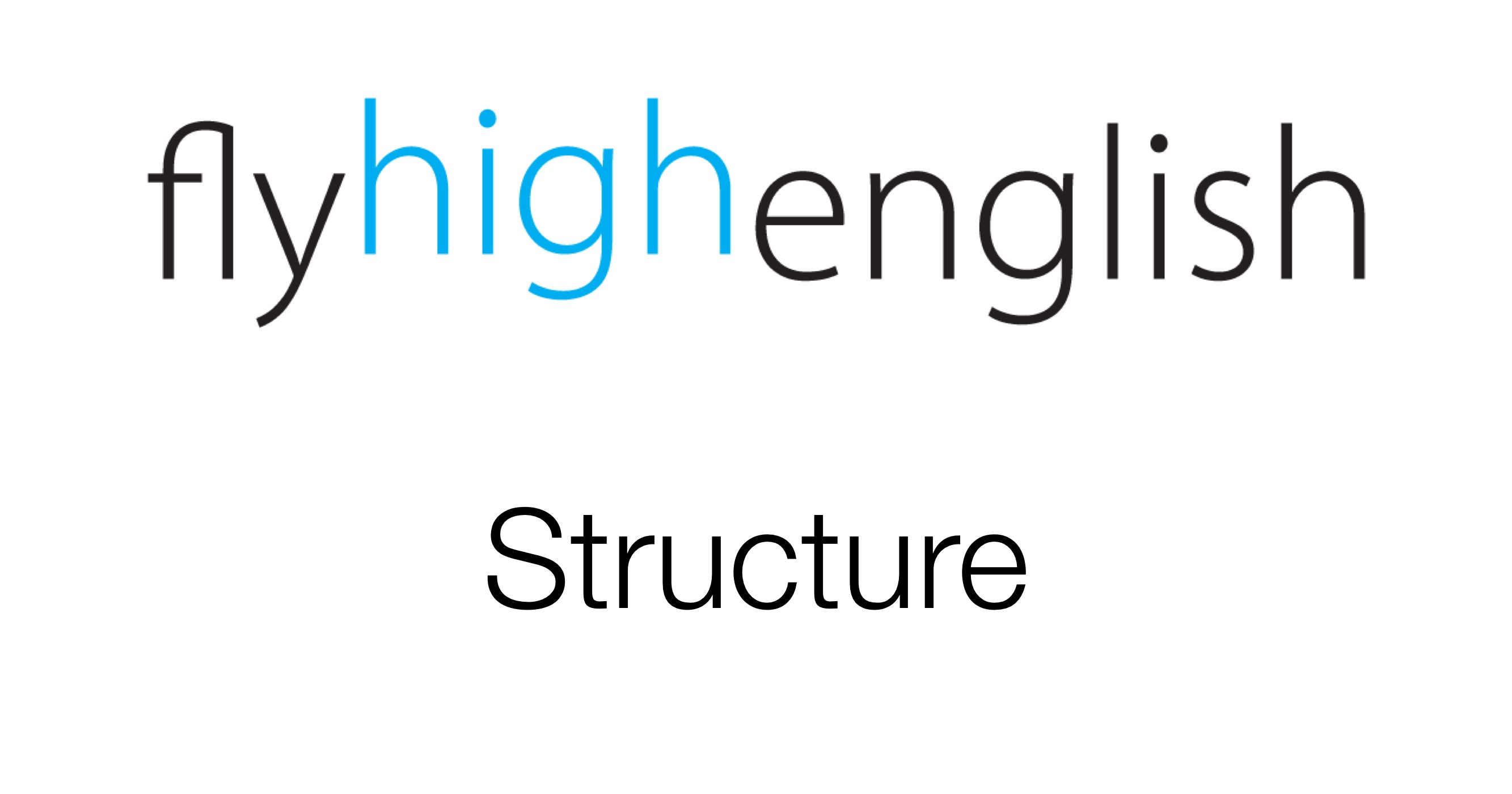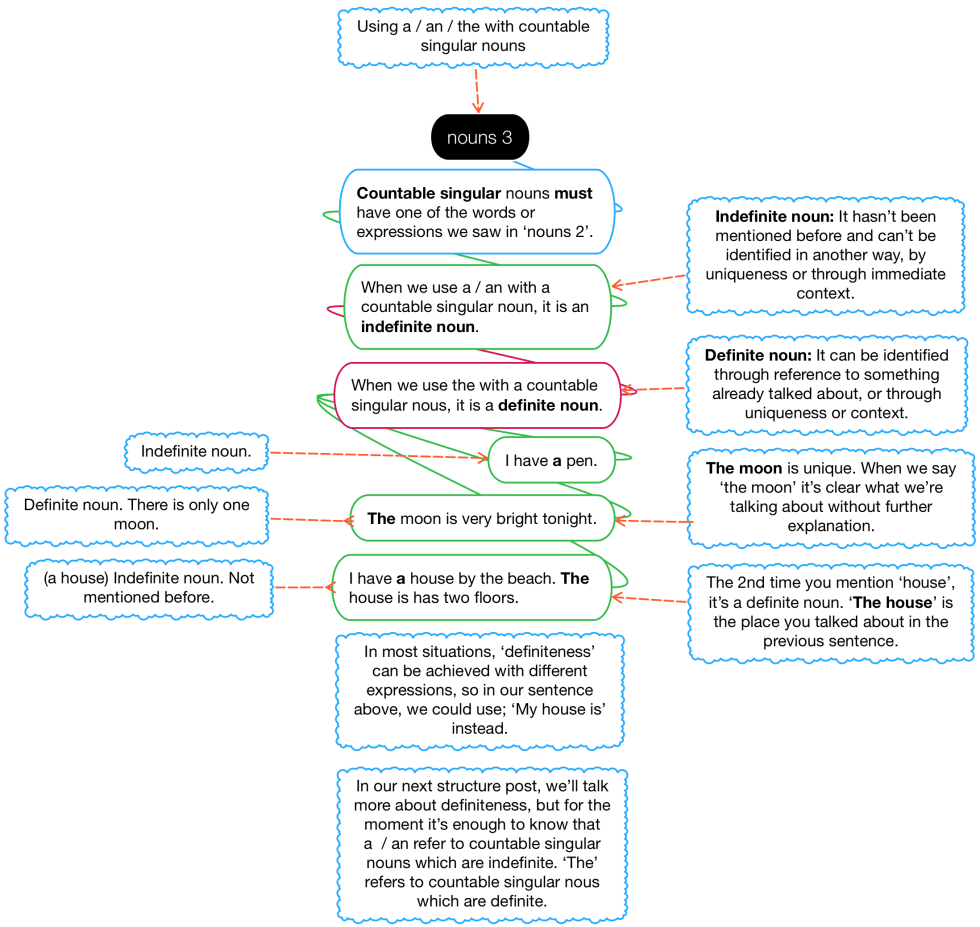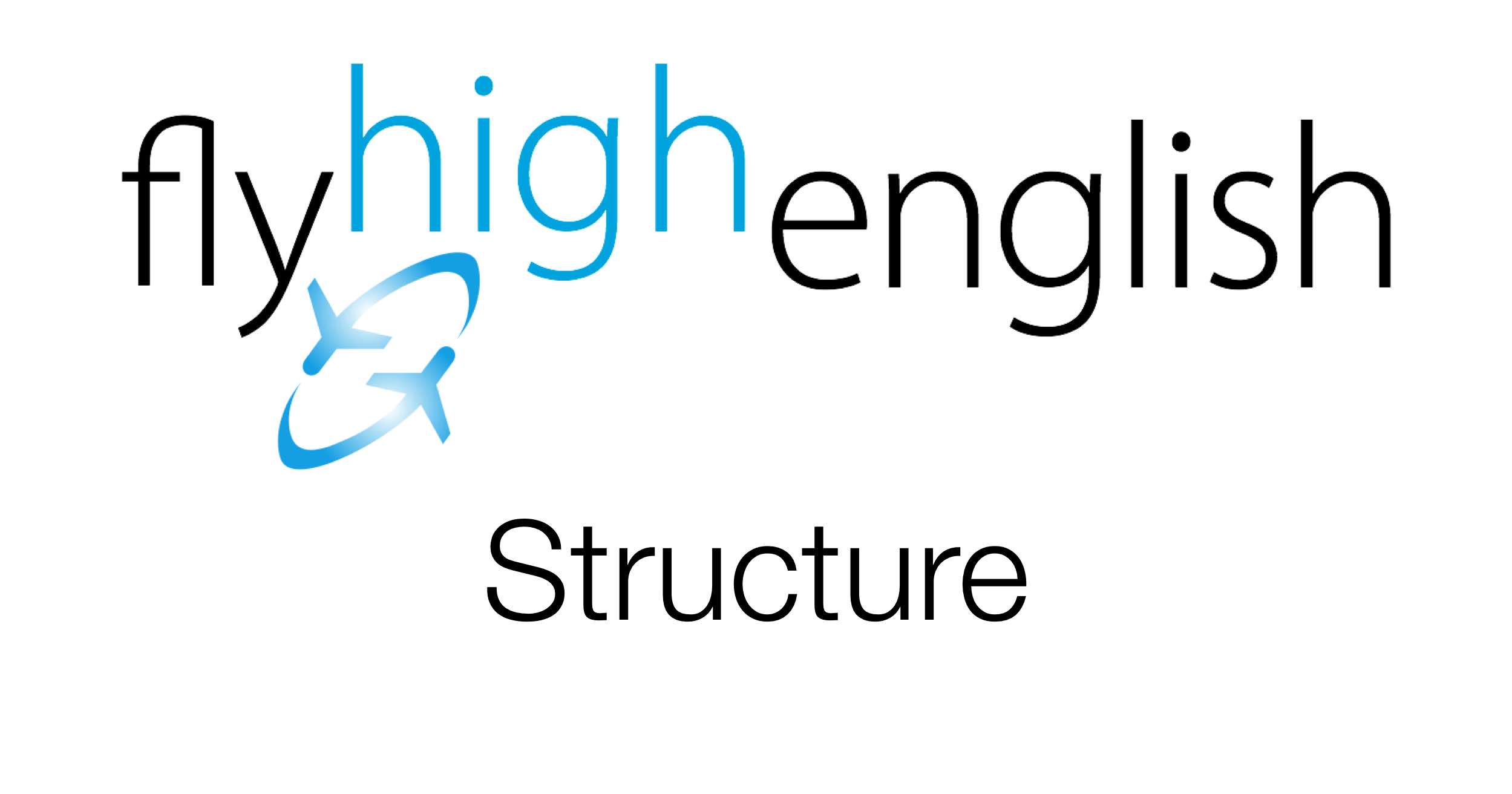
This time in our structure help we talk about using ‘a / an’ and ‘the’ with countable singular nouns. We also introduce the idea of indefinite and definite nouns. An indefinite noun is a noun which hasn’t been mentioned before and that you can’t identify by other means. So for example if you’re talking to a person and the person mentions ‘a book’ they read. You don’t know which book this is or it’s name, it’s indefinite, so we need to use ‘a’ before the noun. In the following sentences ‘book’ becomes definite because the listener knows which noun it is, so ‘the’ for example can be used with the noun. e.g.
‘I bought a book last week. The book is very interesting.’
In our second sentences it’s clear which book we’re talking about.
Look at the diagram below for more information.

Next week, we’ll talk more about indefinite and definite nouns and when a noun can be definite the first time you mention it.
Follow us on twitter here, Facebook here or Google+ here for more great content!
Have a great day!






